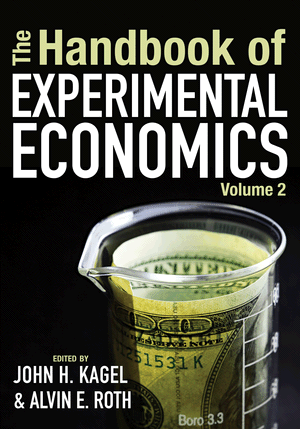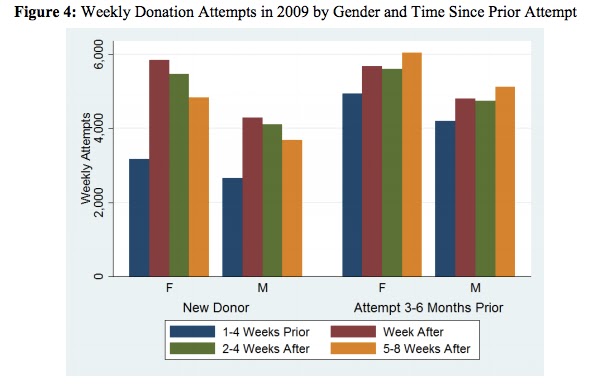Daniel Engber at Slate writes
"Is “Grit” Really the Key to Success?"
"Up in the Hudson Valley, among the plebes at Beast Barracks, Duckworth found the secret of success. Students who identified with statements such as “Setbacks don’t discourage me” and “I never give up” were more likely than their peers to make it through West Point’s seven-week test of fortitude. (That’s how grit is measured: Students assign themselves a score of 1 to 5 for each of 10 related character statements; the 10 scores are then averaged together.) This was Duckworth’s first case study, and it delivered a clear and forceful message: If you want to make it through basic training, you gotta have grit."
"Even the task of graduating from West Point itself doesn’t really compare to the trials of Beast. When Duckworth looked at students’ grades and “military performance scores” during their first year at school, she found that grit offered little guidance on how they’d handle the rest of the United States Military Academy curriculum. The whole candidate score—that old-fashioned, talent-based assessment—did much better. Considering that three-quarters of the students who fail to finish at West Point flunk during the post-Beast curriculum, those first seven gritty weeks appear to represent a special case, and one of marginal importance.
To show that the challenges of Beast stand in for those of life, Duckworth looked for grit in other settings, places where one might not expect to find endurance as a major factor in success. For one study, she surveyed 149 undergrads at the University of Pennsylvania, finding that the students’ grit and SAT scores—the latter used as a proxy for their natural aptitude—were each and independently related to their school performance as measured by their grades. Even for these brainy Ivy Leaguers, grit seemed to be just as important as intelligence. Indeed, Duckworth writes that this was one of the key findings that led her to the “fundamental insight that would guide [her] future work.”"
He then writes
"When everyone excels on one dimension—height, SAT scores—other factors will appear to play an outsize role. In the case of Duckworth’s brainy Ivy Leaguers, this makes their SATs seem less important for predicting how they’ll do in school and exaggerates the relative importance of their grit. If she’d mixed the same people in with a more balanced sample of their peers, let’s say those with average SAT scores closer to 1,000, then the link between their aptitude and grades would have appeared more pronounced—and that would in turn have made the correlation with their grit seem less impressive."
I actually don't fully agree with that, as we could still think of Grit being important when, say, admitting smart students.
"That’s long been a problem for personality psychologists, who often struggle with competing terms for common, underlying inclinations. The field had become a tangled mess by the 1950s and the 1960s, says Brent Roberts, a professor at the University of Illinois (whom Duckworth also cites). For any given outcome in a person’s life—whether he might turn out to be a drunk, let’s say, or a genius or a crook—researchers would devise a brand-new measure, calibrated to predict it. “It had a brutal elegance,” Roberts says, “and I often pine for those days, to be honest with you.”
But this rampant sowing of new ideas made it hard even for the specialists to find their way within the field. They didn’t always know how their measures related to their colleagues’ or if they might be duplicating one another’s work. By the 1980s and the 1990s, lumpers in psychology had embraced a grand unified theory of personality, which collapsed all the nuances that came before into a set of supertraits—the Big Five. Under this new system, grit and all its near and distant cousins—willpower, superego strength, industriousness, and so on—would fall under an umbrella factor known as “conscientiousness.” (The remaining four of the Big Five supertraits: extraversion, agreeableness, neuroticism, and openness to experience.) Like grit, conscientiousness could be measured with a survey: a set of statements, maybe several hundred, for a person to read and then assign himself a score. (There are other ways to measure personality: A psychologist might ask people, for example, whether they engage in specific behaviors such as making lists or showing up early for meetings.)
“[The Big Five] brought clarity to a true buzz of confusion,” Roberts says, and it allowed researchers to make bigger claims about the broad significance of character. A measure of someone’s conscientiousness, for example, could help predict her longevity and physical health, as well as her marital stability. It could also tell you how likely she would be to find success in high school, college, and the workplace. But if the adoption of the Big Five proved useful in the lab, it made the science of personality harder to explain to outsiders. “When I say, conscientiousness,” says Roberts, “people go, ‘Huh?’ ”
That’s why Duckworth worked so hard to give her measure a catchy name. “I came up with it over other terms like pluck, tenacity, persistence, perseverance,” she said during one interview. “It has the connotations that I wanted. It sounds good.” It’s true: Conscientiousness comes off as something weak—a nerdy way of playing by the rules; grit suggests a vigorous, old-fashioned form of virtue. Grit’s the antidote for an overpolished age, a return to rough-hewn authenticity. “It’s brilliant in terms of marketing,” says Roberts. “People understand it immediately.”
..
"A brand-new meta-analysis of the literature on grit—conducted by researchers Marcus Credé, Michael Tynan, and Peter Harms using 88 samples and 67,000 subjects—provides some clues.* There isn’t much space between Duckworth’s measure and conscientiousness, the study argues. If you test a group of people for both traits, administering standard surveys to measure grit and conscientiousness, the results will end up very tightly linked; in some studies their relationship approaches 1-to-1. In Roberts’ view, grit corresponds very closely to a facet, or subtrait, of conscientiousness that has for many years been called industriousness."



























